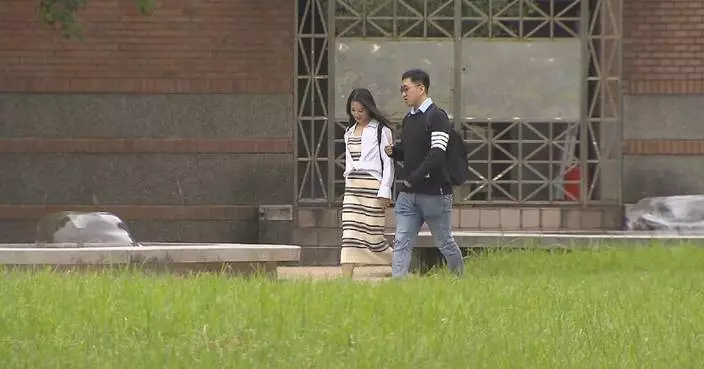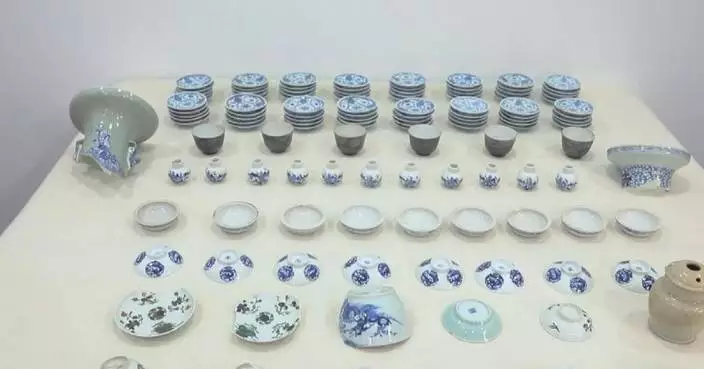Hélène Rollès, the French singer behind the famous song "Je m'appelle Hélène," shared her experiences of performing in China and her personal connection with the country, while expressing optimism for a durable and enduring friendship between China and France in an interview with China Central Television (CCTV) released on Friday.
Since its release in 1993, the song "Je m'appelle Hélène" not only dominated the French Singles Chart for 25 consecutive weeks but also made its way across the sea to China. The singer, Hélène Rollès, who has been performing in China since 1990, also developed a deep affection for the country over the years.
"The first time I performed this song in China, the experience was incredible. It was amazing because, in fact, the Chinese audience sang along with me. So, I found it truly exciting and was surprised by how well they knew the song," said the singer.
Rollès believes that it was Chinese students studying in France who introduced the song to China.
"When learning French, the first expression to learn is 'my name is.' So, the lyrics are easy to sing along with. In a way, the song may have opened up a pathway to learning about France, sparking people's interest in the French language. I'm aware there's a Chinese version of this song called 'Yi Lian', which is quite lovely," she said.
This song made Rollès a famous name in China. But in fact, even before the song's release, she had visited China in 1990. Just as her singing deeply resonated with the Chinese people, she herself became deeply enamored with the country.
"It was truly remarkable. There were some beautiful lanes in the streets, and China was captivating with its abundance of excellent restaurants. It's a really fascinating country, and there's something about its atmosphere that, I don't know, seems to leave an effect on those who visit," Rollès said.
Rollès also expressed her fascination with China and her enduring desire to return. In 2014, her wish came true as she once again graced the stage in China, performing "Je m'appelle Hélène." Over the next two years, in 2015 and 2016, Rollès embarked on consecutive tours across China, enchanting audiences from Guangzhou and Shenzhen cities in the south to Beijing and Dalian cities in the north. During that period, she felt that the country had become very different from what it was like around 20 years ago.
Rollès said that she hopes the friendship between China and France will endure like the song, standing the test of time.
"China has changed a lot. It is very modern now. The transformation is evident everywhere, with all cities being under construction, evolving into even more modern places. China is beautiful, and I always want to go back to China. I would love to spend some time living there when I have the chance to," said the singer.

French singer expresses hope for long-lasting China-France friendship









